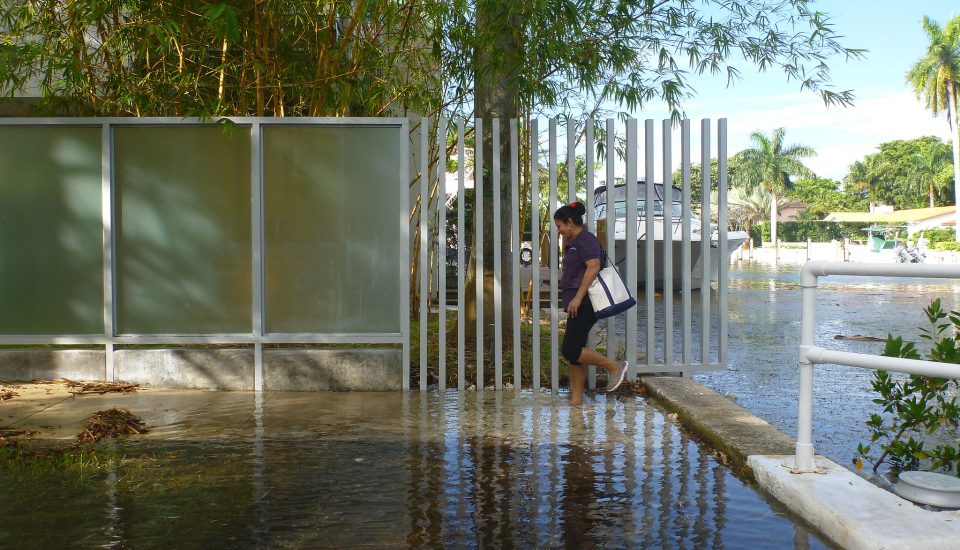
Healthy Coastal Ecosystems
The United States manages millions of square miles of coastal territories that contain diverse and productive ecosystems. These ecosystems span from the tropics to the Arctic to the Great Lakes and support a variety of recreational, commercial and subsistence activities.
Learn more and review impacts at the National Sea Grant website
Resilient Communities and Economies
Coastal communities in the United States provide vital economic, social and recreational opportunities for millions of Americans. For example, in 2010 over 13.5 million people were employed in the tourism industry in coastal communities in over 750,000 business establishments, earning combined wages of $266 billion.
Learn more and review impacts at the National Sea Grant website
Sustainable Fisheries and Aquaculture
The nation has witnessed the decline of many of its major fisheries while seafood consumption has increased and continues to be encouraged because of its health benefits. To fill the gap between seafood demand and domestic harvests, the United States imports more than 90% percent of what is consumed leading to a seafood trade deficit of over $11 billion per year.
Learn more and review impacts at the National Sea Grant website
Environmental Literacy and Workforce Development
The scientific, technical and communication skills needed to address the daunting environmental challenges confronting our nation are critical to developing a national workforce capacity. The Congressional report, Rising Above the Gathering Storm, states that building a workforce literate in science, technology, engineering and mathematics is crucial to maintaining America’s competitiveness in a rapidly changing global economy.
Learn more and review impacts at the National Sea Grant website